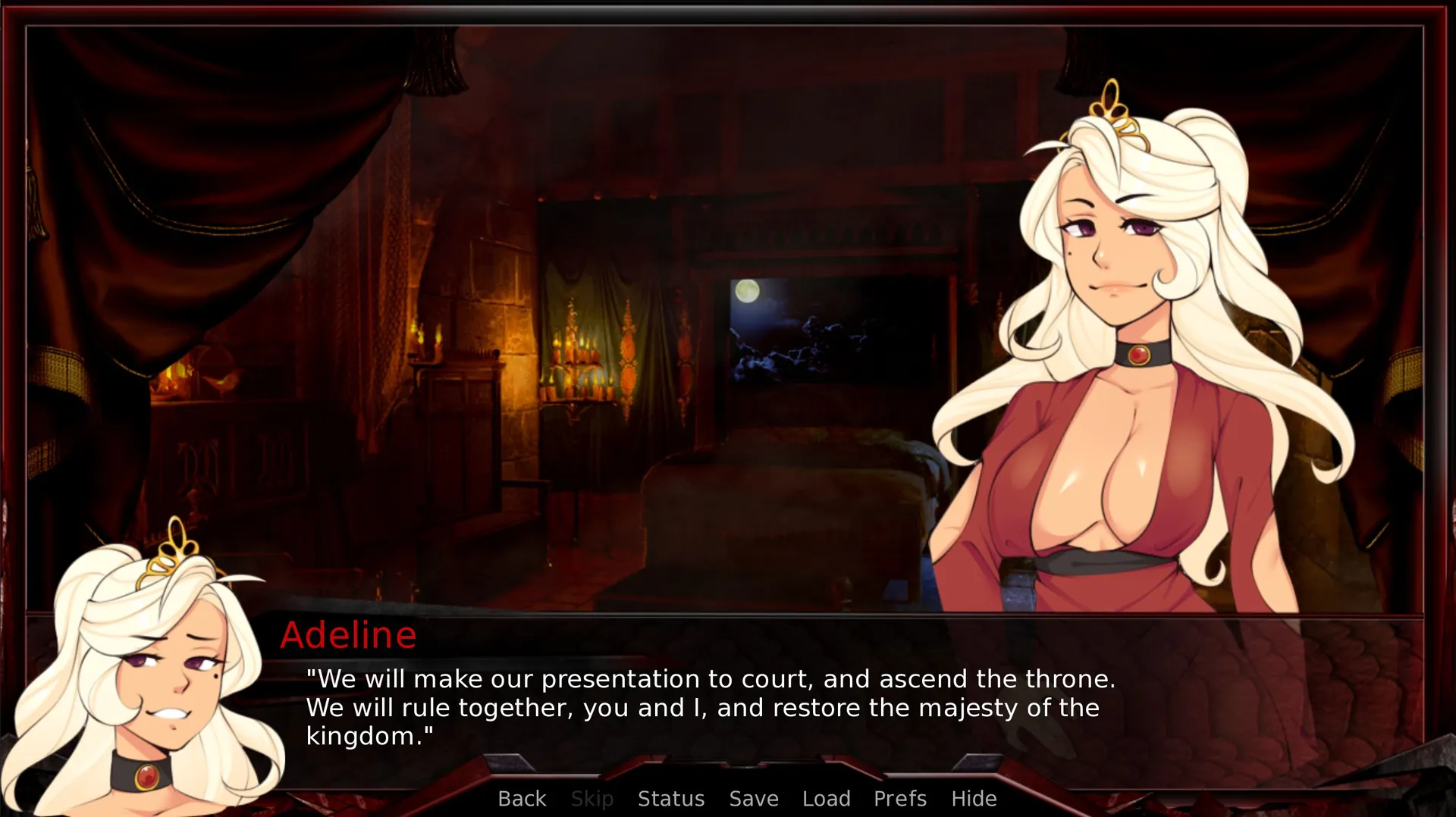
Neuvau
Play Neuvau
Neuvau review
Breaking Down Mechanics and Narrative Design in Modern Gaming
While exploring interactive entertainment options, many players discover titles offering unique narrative experiences. One such example demonstrates innovative approaches to player engagement through its mechanical design and branching story paths. This examination focuses on technical aspects of character interaction systems and environmental storytelling methods.
Core Interaction Systems Analysis
Decision Tree Architecture Implementation
Let’s talk about branching dialogue mechanics—you know, those moments in games where you pick a response and pray it doesn’t backfire later. 😅 In Neuvau, this isn’t just a coin toss. The game uses weighted variables to shape how conversations unfold. Imagine you’re arguing with a faction leader: your past actions (like helping their rival) quietly tip the scales, making certain dialogue options unlock or disappear. It’s like a choose-your-own-adventure book, but with algorithms tracking every coffee you bought for an NPC. ☕
Here’s the kicker: Neuvau’s interactive narrative systems don’t just rely on binary “good vs. evil” choices. Instead, they assign values to traits like trust, ambition, or sarcasm. For example, if you constantly mock a character, their “patience” meter drops, locking you out of diplomatic solutions later. 🚪 I once accidentally called a robot companion “rustbucket” one too many times—suddenly, it “malfunctioned” during a critical mission. Lesson learned: sass has consequences.
💡 Pro Tip: Always check your relationship status (yes, like in real life) before major decisions. A single sarcastic quip could cost you an ally.
Want to see how this works under the hood? Let’s break down a simplified dialogue tree structure:
- Root Node: The initial prompt (“Convince the mayor to help”).
- Branches: Responses weighted by your traits (Diplomatic [+Trust], Threaten [+Fear], Joke [+Sarcasm]).
- Outcomes: Each branch updates hidden variables, altering future interactions.
This isn’t just “pick A or B”—it’s a web of player choice consequences that ripple through the entire story. 🌊
Environmental Feedback Mechanisms
Ever tried to enter a locked building in a game, only to realize you forgot the key… three hours ago? 🔑 Neuvau sidesteps this frustration with its scene transition protocols. Instead of rigid checkpoints, the game scans your inventory and story progress to dynamically unlock paths. Found a crowbar in Act 1? That boarded-up warehouse in Act 3? Congrats—you’ve got a new route! 🚧
But here’s where it gets wild: the environment reacts to your choices. Burn down a forest to escape enemies? Say goodbye to using it as cover later. 🌲🔥 I learned this the hard way when my pyromaniac tendencies left me stranded in a boss fight. The game doesn’t just remember—it adapts.
Environmental feedback isn’t just about physics; it’s about narrative cause-and-effect. For instance:
– Steal from a market stall? Guards patrol there more often.
– Save a drowning NPC? Their family might offer discounts at shops.
These systems create a living world where player choice consequences feel organic, not scripted.
Character Relationship Algorithms
Romance, rivalry, or straight-up betrayal—Neuvau’s dynamic relationship models make every interaction matter. 🤝 Characters don’t just “like” or “hate” you; they have layered agendas. That friendly medic? She’s secretly scoring your loyalty to her faction.
The game uses a relationship meter with two axes: Personal Affinity (how much they like you) and Faction Alignment (how your actions benefit their group). Help a rebel spy while working for the government? Their personal affinity might rise, but faction alignment tanks—leading to tense alliances or outright sabotage. 🕵️
Let’s visualize this with a flowchart:
| Choice | Personal Affinity | Faction Alignment | Outcome |
|---|---|---|---|
| Save a rival faction member | +20 | -15 | Unlocks secret missions but angers your allies |
| Betray a friend for power | -30 | +25 | Gain resources but lose their support in crises |
This dual-axis system means there’s no “perfect” playthrough—just your playthrough. 🎮
How Neuvau Stacks Up Against Other Titles
Curious how these interactive narrative systems compare? Let’s geek out:
| Game | Dialogue Depth | Relationship Complexity | Scene Flexibility |
|---|---|---|---|
| Neuvau | Weighted variables + traits | Dual-axis meters | Inventory-driven transitions |
| Game X | Binary morality | Single loyalty meter | Fixed checkpoint triggers |
| Game Y | Branching but linear | Romance-only tracking | Scripted events |
Neuvau’s blend of branching dialogue mechanics and dynamic relationship models sets a new standard—no other title ties inventory, dialogue, and relationships this tightly. 🔥
Wrapping It Up
So, why does all this matter? Because Neuvau turns “playing a game” into “living a story.” Your choices stick, the world adapts, and relationships evolve. Whether you’re a chaotic trickster or a noble hero, the interactive narrative systems here ensure no two players ever see the same ending. 🌟
Ready to dive in? Just remember: in Neuvau, even a “small” choice can be a grenade disguised as a dialogue option. 💣 Choose wisely!
Modern interactive systems demonstrate sophisticated approaches to player agency. Developers continue pushing boundaries in digital storytelling through complex variable tracking and adaptive environments. Those interested in narrative design principles should examine these technical implementations through available documentation and developer commentaries.





















